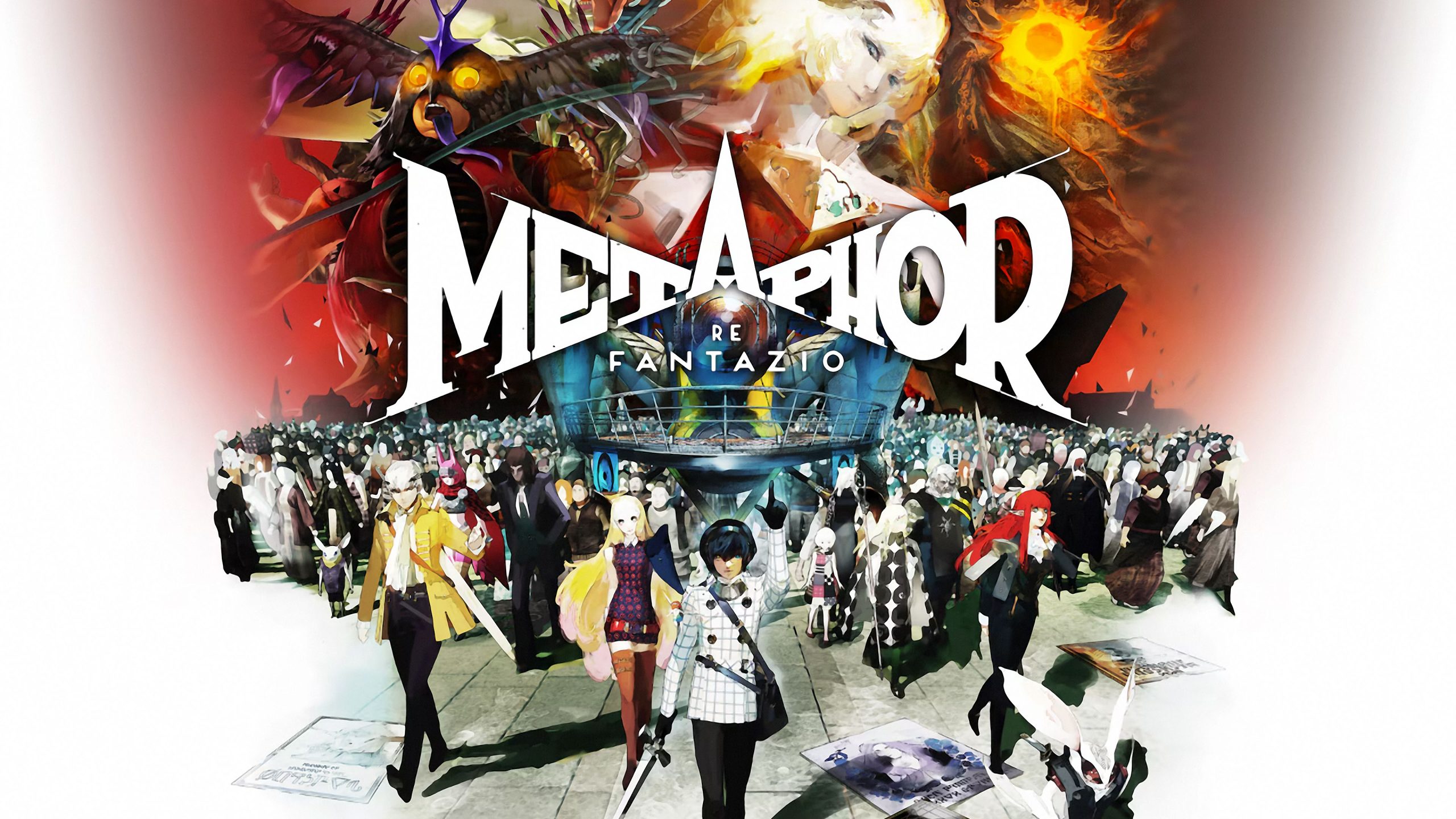Review: Metaphor: ReFantazio

Metaphor: ReFantazio Review
Since the announcement of *Metaphor: ReFantazio*, expectations have been sky-high. Developed by Atlus, the creators of the legendary Persona series, and directed by Persona 5’s Katsura Hashino, the game promises an immersive new experience. But does it bring something unique, or is it just another Persona clone? Let’s dive in!

Story
*Metaphor: ReFantazio* takes place in the kingdom of “Eukronia,” a land plagued by injustice and ruled by a corrupt monarchy. Once founded by a legendary hero, the kingdom has now fallen into chaos due to discrimination and the emergence of strange creatures and terrifying monsters. The story begins with the assassination of the prince and king, leaving the throne vacant.
The protagonist, a member of the oppressed “Elda” tribe, embarks on a quest to lift a curse on the prince, who is revealed to be alive. To succeed, they must compete in a magical royal tournament designed by the late king to determine the next ruler of Eukronia. Along the way, the protagonist forms alliances with characters from eight different tribes, each with its own culture and abilities.
As the story unfolds, the protagonist uncovers dark truths about the kingdom and faces difficult decisions that lead to multiple endings—saving the world or destroying it. Adding to the complexity are mysterious creatures called “Humans,” magical monsters causing havoc and threatening the kingdom’s survival.
Unlike Persona, the protagonist in *Metaphor: ReFantazio* has a voice, expressing their emotions and thoughts, making the narrative feel deeper and more engaging.

Gameplay
As an Atlus game directed by the creator of Persona 5, there were concerns that the gameplay might feel too familiar. However, *Metaphor: ReFantazio* successfully blends familiar mechanics with fresh innovations.
The combat system, known as “Squad Battles,” is turn-based, allowing players to strategically alternate between team members during fights. A top-screen timeline displays turn order, ensuring tactical planning. Each squad features unique units with specific abilities—offensive, defensive, or supportive—adding depth to combat strategies.
A standout feature is the “Press Turn” system, enabling players to weaken or eliminate enemies before a battle begins. This mechanic feels similar to Persona but includes new twists to keep things engaging.
Another unique addition is the class system. Instead of collecting items by defeating monsters, players choose from classes like Knight, Mage, and Warrior, each with distinct weapons and skills. Strengthening bonds between characters unlocks advanced classes and powerful new abilities.
The game also includes a strategic planning element before battles. Players can gather intelligence on enemy weaknesses from informants, ensuring better preparation and smarter tactics.
Like Persona, the game uses a calendar system, with afternoons and evenings dedicated to exploring dungeons or resting in the city. This downtime allows players to upgrade characters and prepare for major missions.

Graphics
One of the game’s most striking features is its graphics and art direction. Inspired by 16th-century artist Hieronymus Bosch, the monster and character designs are uniquely captivating. The game’s three main regions, each home to distinct tribes, feature stunning environments that feel alive and interconnected.
Atlus continues its tradition of exceptional UI design. The menus and icons are both visually appealing and user-friendly, enhancing the overall experience.

Final Verdict
10/10
*Metaphor: ReFantazio* proves it’s more than just a Persona clone, offering a fresh, immersive experience filled with depth and creativity. The captivating story, evolving characters, and strategic combat system keep players engaged from start to finish. Combined with breathtaking visuals and innovative design, Atlus has delivered a masterpiece that balances originality and nostalgia. Whether you’re a Persona fan or looking for a new fantasy adventure, this game is a must-play.


